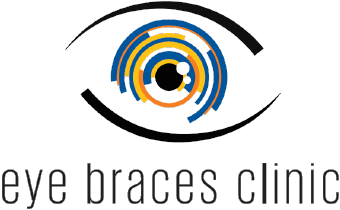Navigating the intricate world of vision health can be tricky.
Have you ever wondered, “What exactly is high myopia?” or “How is it different from mild or moderate myopia?”
At Eye Braces Clinic, we’re committed to demystifying and solving eye health problems.
Let’s explore the world of high myopia, its potential complications, and the available treatment options.
Understanding High Myopia
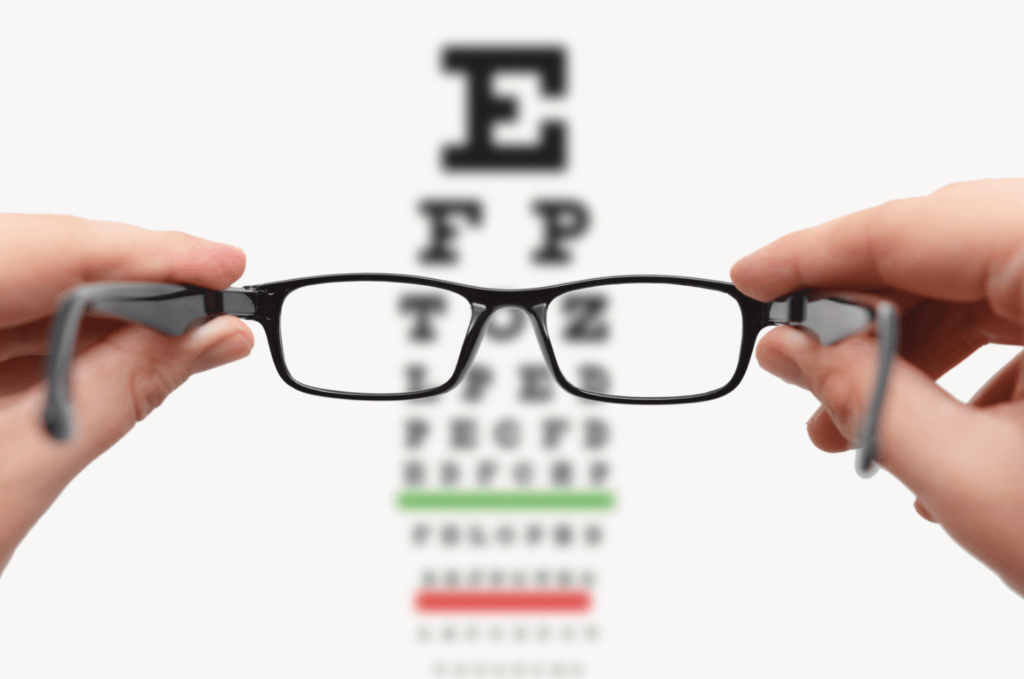
High myopia, also known as severe myopia or degenerative myopia, is a refractive error characterized by a high degree of nearsightedness.
It’s more severe than mild or moderate myopia, and thus, its symptoms are also more profound.
People with high myopia often have significant difficulty seeing objects at a distance, with their visual acuity severely impacted.
Moreover, they may experience additional symptoms like headaches and eye strain due to the continuous effort to focus on distant objects.
Symptoms of High Myopia

The symptoms of high myopia often extend beyond what is typically experienced with milder degrees of nearsightedness. These symptoms may include:
Blurred Distance Vision
The most common symptom, and essentially the defining feature of myopia, is blurred vision when looking at distant objects. Individuals with high myopia may find this symptom particularly pronounced.
Frequent Squinting or Partial Eye Closure
Those with high myopia may find themselves frequently squinting or closing their eyes partially to see distant objects more clearly. This is an unconscious attempt to momentarily improve focus and clarity.
Eye Strain or Fatigue
Due to the continuous effort to focus on distant objects, individuals with high myopia may frequently experience a feeling of strain or fatigue in their eyes.
Headaches
Frequent headaches can occur due to the constant straining of the eyes and the effort to focus.
Difficulty with Night Vision
High myopia can make it more difficult to see clearly in low light or at night, often described as “night myopia.”
Needing Frequent Prescription Changes
If you find your prescription changing frequently, it could be a sign of myopia progression. High myopia can progress rapidly, requiring more frequent changes in the power of your glasses or contact lenses.
How is High Myopia Different from 'Normal' Myopia?
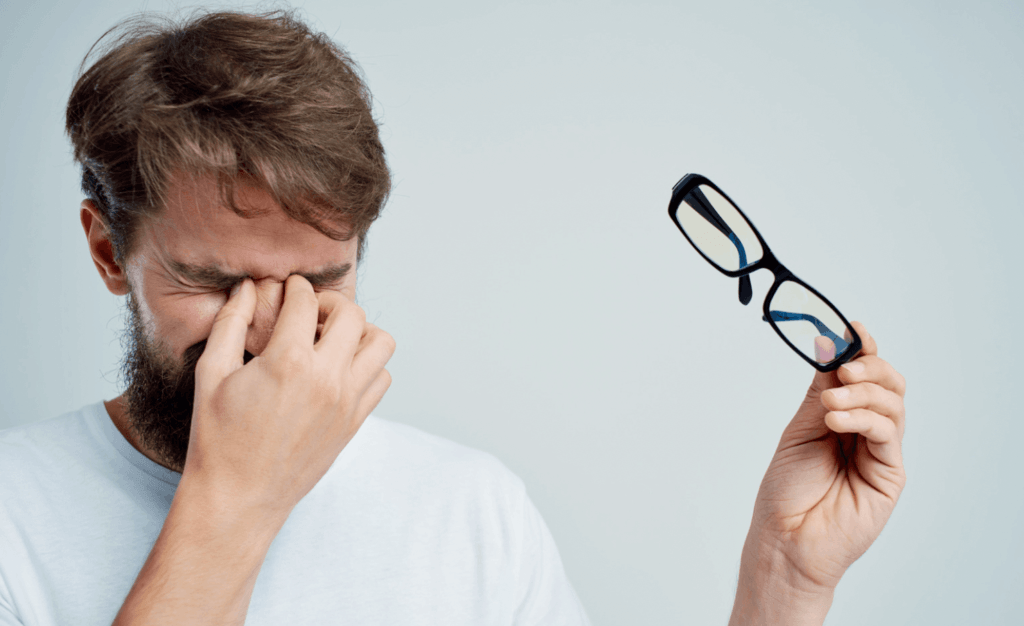
While both ‘normal’ and high myopia involve difficulty seeing distant objects, there are key differences:
Degree of Nearsightedness
High myopia presents a more severe level of nearsightedness, causing significant difficulty in viewing distant objects compared to mild to moderate myopia.
Eye Structure
High myopia often associates with an excessively elongated eyeball or a very curved cornea, leading to a higher refractive error.
Complication Risks
High myopia carries a higher risk of complications like retinal detachment, glaucoma, and macular degeneration, which are less common with mild myopia.
Vision Correction Options
‘Normal’ myopia can usually be corrected with glasses or standard contact lenses. In contrast, high myopia may require more advanced vision aids, such as specially designed contact lenses or refractive surgery.
Complications Associated with High Myopia
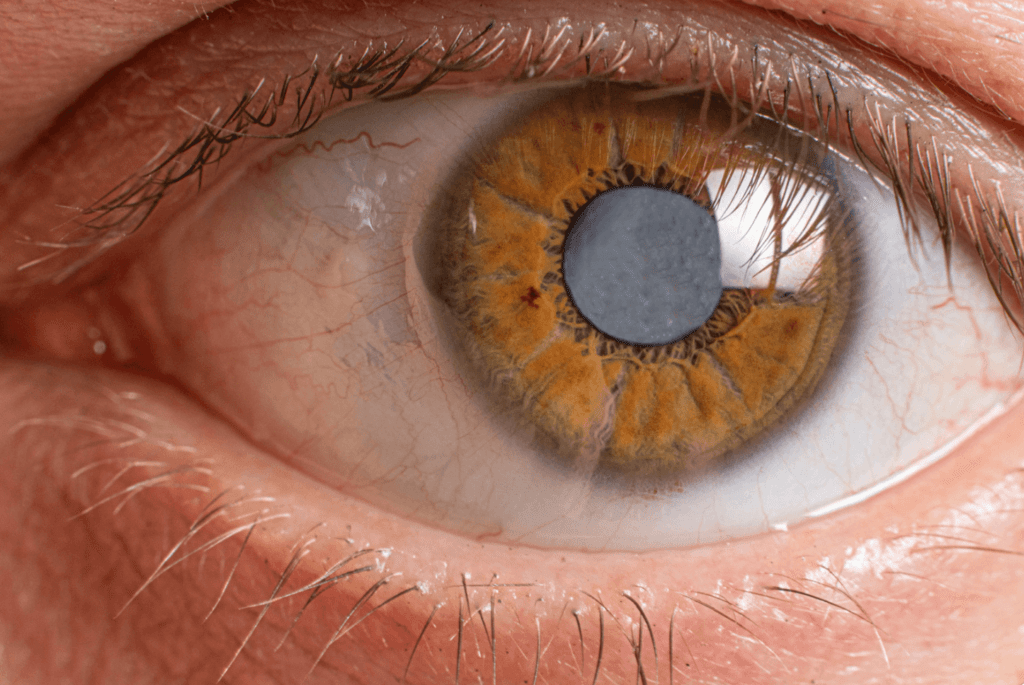
There are several risks and complications associated with high myopia:
Myopic macular degeneration: a condition that can cause irreversible damage to central vision.
Retinal detachment: the retina at the back of the eye peels away from its underlying layers.
Pathological myopia: where structural changes in the eye can lead to permanent vision loss.
Those with high myopia are also at a higher risk of developing glaucoma, which, if left untreated, can lead to vision loss.
How to Slow Myopia Progression

The process of myopia control aims to slow the elongation of the eye, a critical factor in myopia’s advancement. This approach proactively manages the condition instead of merely focusing on vision correction.
There are several ways to slow down the progression of high myopia, particularly in children and adolescents whose eyes are still developing.
Atropine eye drops: Low-dose atropine eye drops have been shown to slow down myopia progression. The drops work by temporarily paralyzing the eye’s focusing mechanism, reducing the “stress” and stimulus for further myopia progression.
Orthokeratology (ortho-k) lenses: These specially designed gas-permeable contact lenses are worn overnight to temporarily reshape the cornea, helping slow myopia progression and improving vision.
Speciality contact lenses: Certain types of soft contact lenses, such as multifocal lenses, have been designed to control myopia progression. They work by changing the way light focuses in the peripheral retina, reducing the stimulus for the eye to grow and become more myopic.
Remember, the best approach will depend on individual circumstances.
Eye Braces Clinic: Your Vision Care Partner
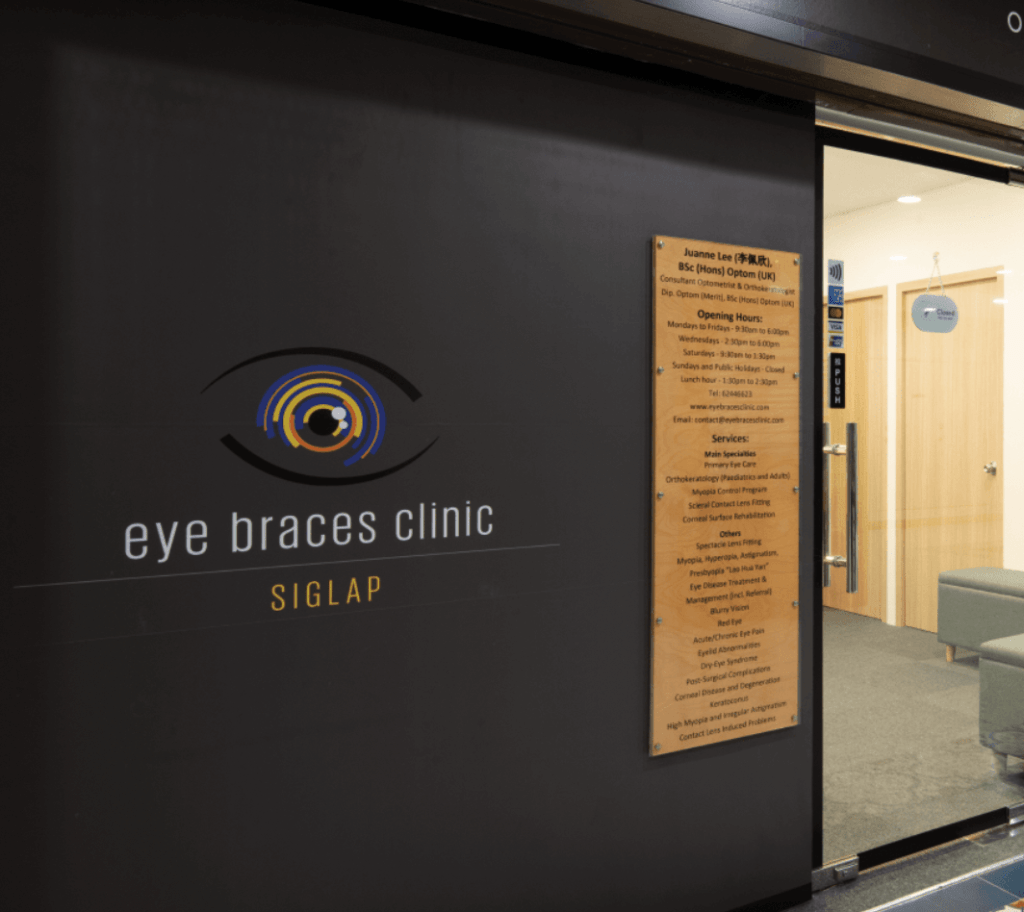
At Eye Braces Clinic, our dedicated team of eye care professionals is here to assist you on your journey through the world of high myopia.
Whether it’s a routine eye check-up or a specific vision correction plan, we’re committed to providing the most comprehensive care and advice.
High myopia might be a challenging condition, but with proactive management and appropriate vision aids, it doesn’t have to dictate your vision quality.
Our professionals at Eye Braces Clinic are dedicated to crafting personalised vision correction plans best suited to our patients’ needs.
Embrace the power of clear sight and step towards a brighter visual future.
Schedule an appointment with us at Eye Braces Clinic today because your vision is our priority.
